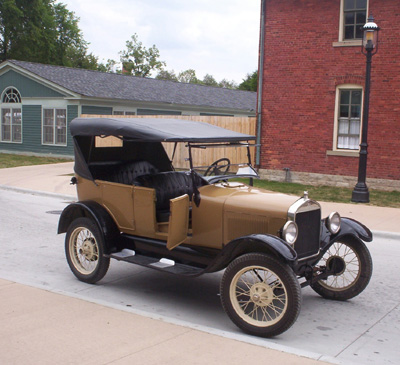
Chrysler Turbine car
The fourth-generation Chrysler turbine engine ran at up to 60,000 rpm and could use diesel fuel, unleaded gasoline, kerosene, JP-4 jet fuel, and even vegetable oil. The engine would run on virtually anything and the president of Mexico tested this theory by running one of the first cars — successfully — on tequila. Lol Air/fuel adjustments were required to switch from one to another, and the only evidence of what fuel was being used was the odor of the exhaust.
The engine[1] had a fifth as many moving parts as a piston unit (60 rather than 300). The turbine was spinning on simple sleeve bearings for vibration-free running. Its simplicity offered the potential for long life, and because no combustion contaminants enter engine oil, no oil changes were considered necessary. The 1963 Turbine's engine generated 130 brake horsepower (97 kW) and an instant 425 pound-feet (576 N·m) of torque at stall speed, making it good for 0-60 mph in 12 seconds at an ambient temperature of 85 °F (29 °C) — it would sprint quicker if the air was cooler and denser.
The absence of a distributor and points, the solitary start-up spark plug and the lack of coolant eased maintenance, while the exhaust did not contain carbon monoxide (CO), unburned carbon, or raw hydrocarbons. Nevertheless, the turbine generated nitrogen oxides (NO) and the challenge of limiting them helped to kill the program.
Kinda reminds me of the flux capacitor. I could just burn all my trash on the way to work. how cool would it have been if these were mass produced!
Post up anything else you know.















Comment